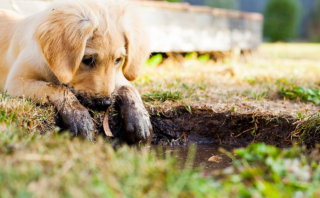Fun Dog Training Strategies: A Kids-Friendly Guide
Understanding and appreciating the bond between a child and their dog is a beautiful thing. Children can learn significant life lessons such as responsibility, compassion, and empathy through owning and training a dog. However, educating a child effectively on how to train their dog encompasses more than just telling them what to do. It involves demonstrating, practicing, and celebrating the milestones achieved along the way. Therefore, let’s explore how to carry out successful dog training for kids.
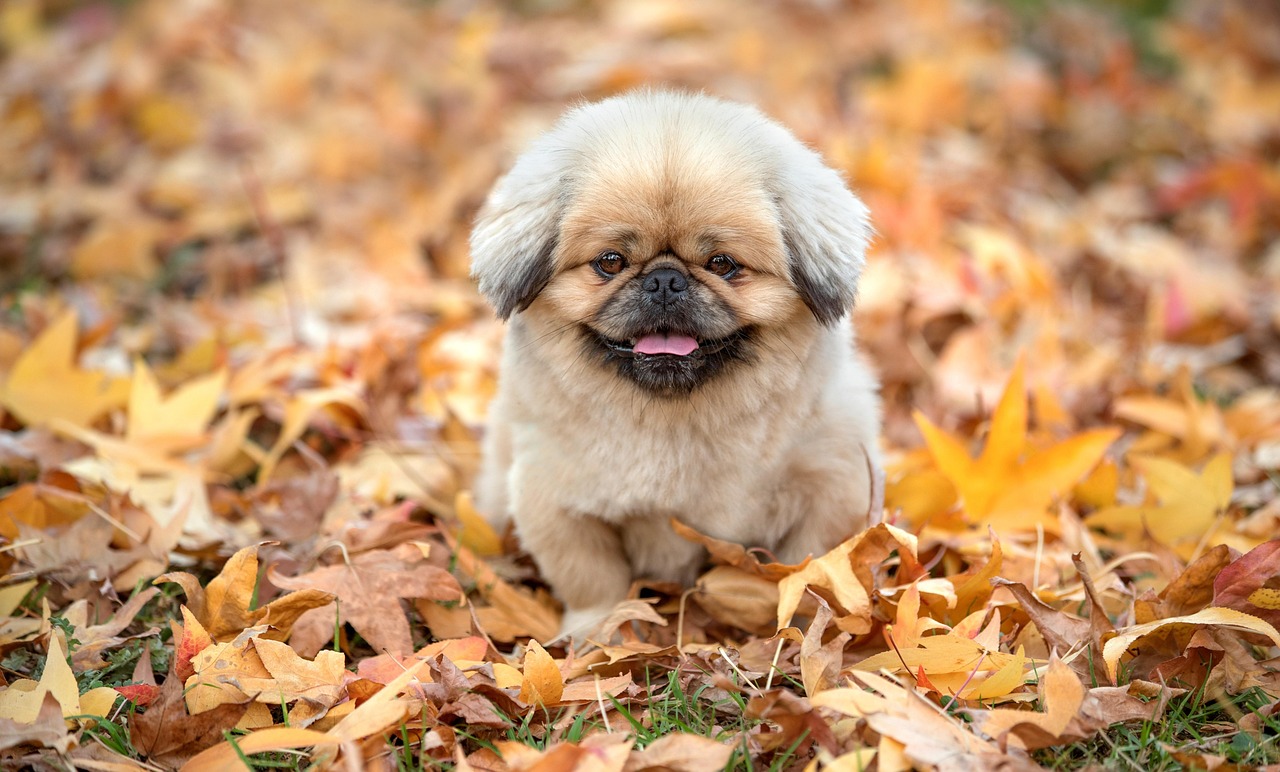
The Basics of Dog Training for Kids
Before a child starts training a dog, it’s essential to set out some ground rules. Both the dog and the child need to understand their roles within the family unit. The child needs to ascertain what behaviors they should encourage from their pet and which ones to discourage. All should be done under adult supervision. Using treats, praises, and toys are excellent ways to motivate the dog during training.
Basic commands are the initial point of dog training. These include sit, stay, come, and lay down. Once these have been mastered, you can move on to more advanced commands.
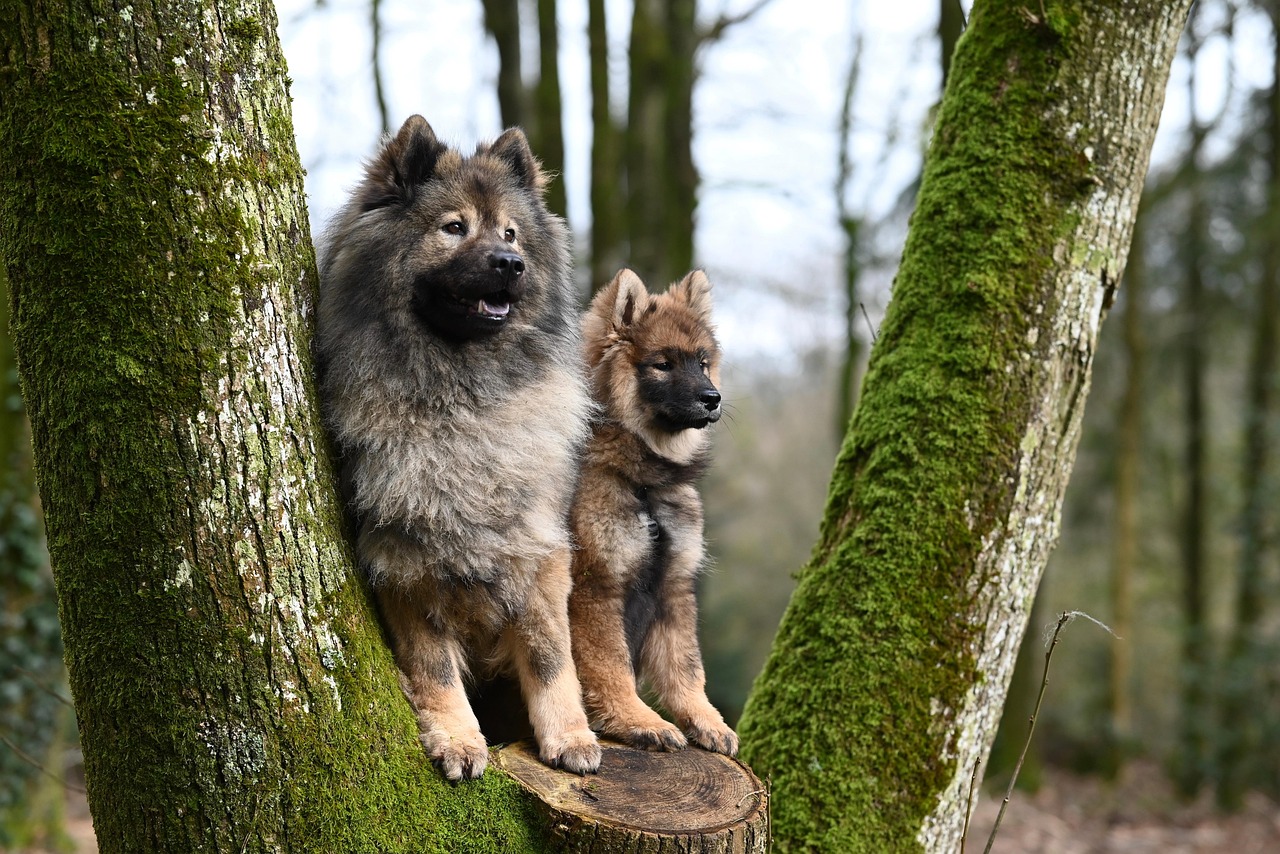
How to Involve Kids in Dog Training
Involving your child in dog training does not only help in the development of their pet but also in the growth of the child. They learn responsibility, patience, and develop important communication skills. Start by explaining to your child what you are going to do, why it’s necessary, and what the expected outcome is. Involving the child in the process makes it easier for both the child and the dog to understand and execute commands.
Encourage your child to always appreciate the dog when it performs as expected. This can be a simple pat on its back or an encouraging word. This positive reinforcement helps the dog respond better to commands. However, ensure these praises are not overly enthusiastic as this might excite the dog and distract it from the ongoing training.
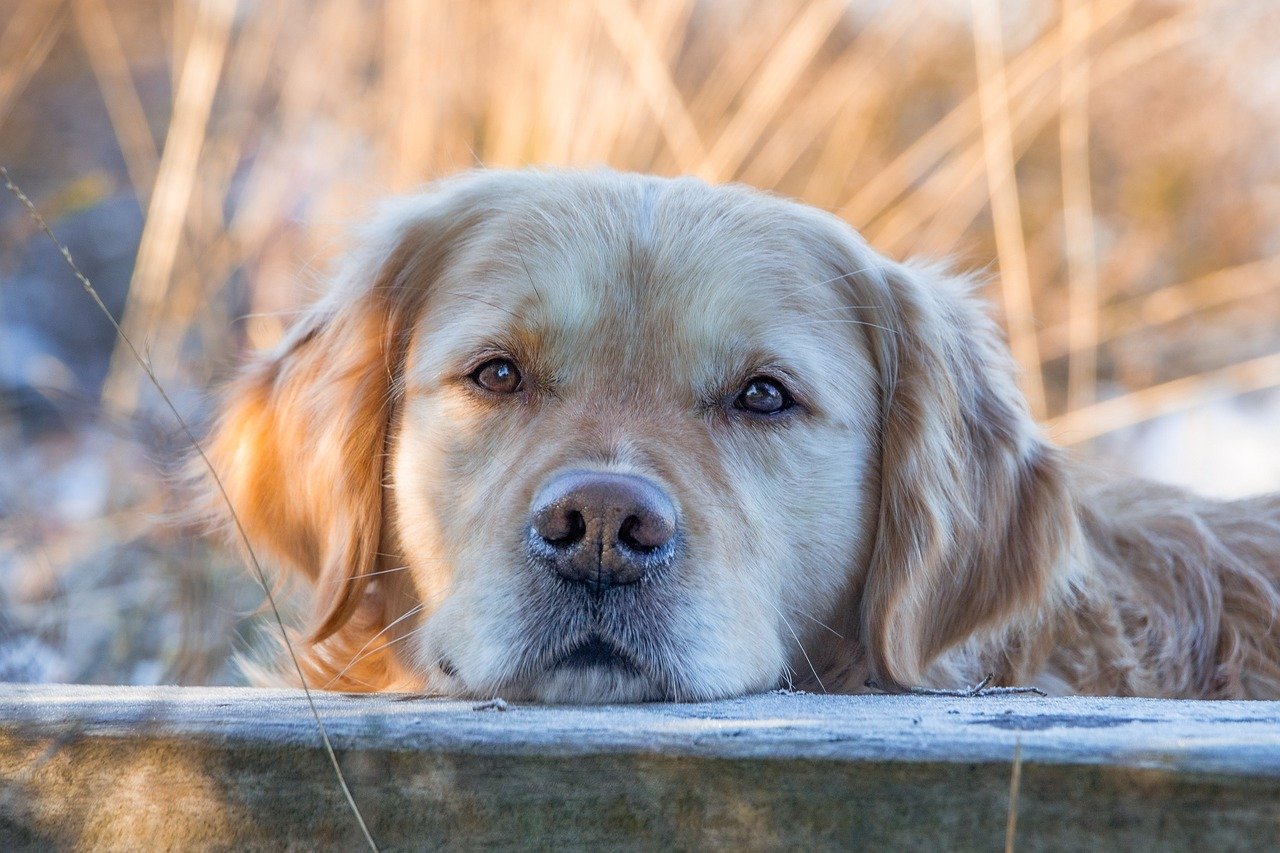
Always revise the training sessions with your child. It helps in reinforcing what they learned and remember better. Remember to make these sessions fun for both the child and the dog. This can be achieved by incorporating games into the training sessions.
Training Programs for Kids and Dogs
Several professional dog trainers have incorporated programs that involve kids in the training process. Such programs teach kids how to handle dogs respectfully and safely, how to understand dog behavior, and effectively redirect any undesirable behavior. Everyone wins in such programs as both the kid and dog learn valuable skills.
Kids and Puppies
If a child grows up with a puppy, it can be easier for them to establish a connection and train them. Puppies are learning about the world around them, and so are children. Turns out, they make a perfect pair. However, extra care should be taken to ensure that both the puppy and child are safe during their interactions.
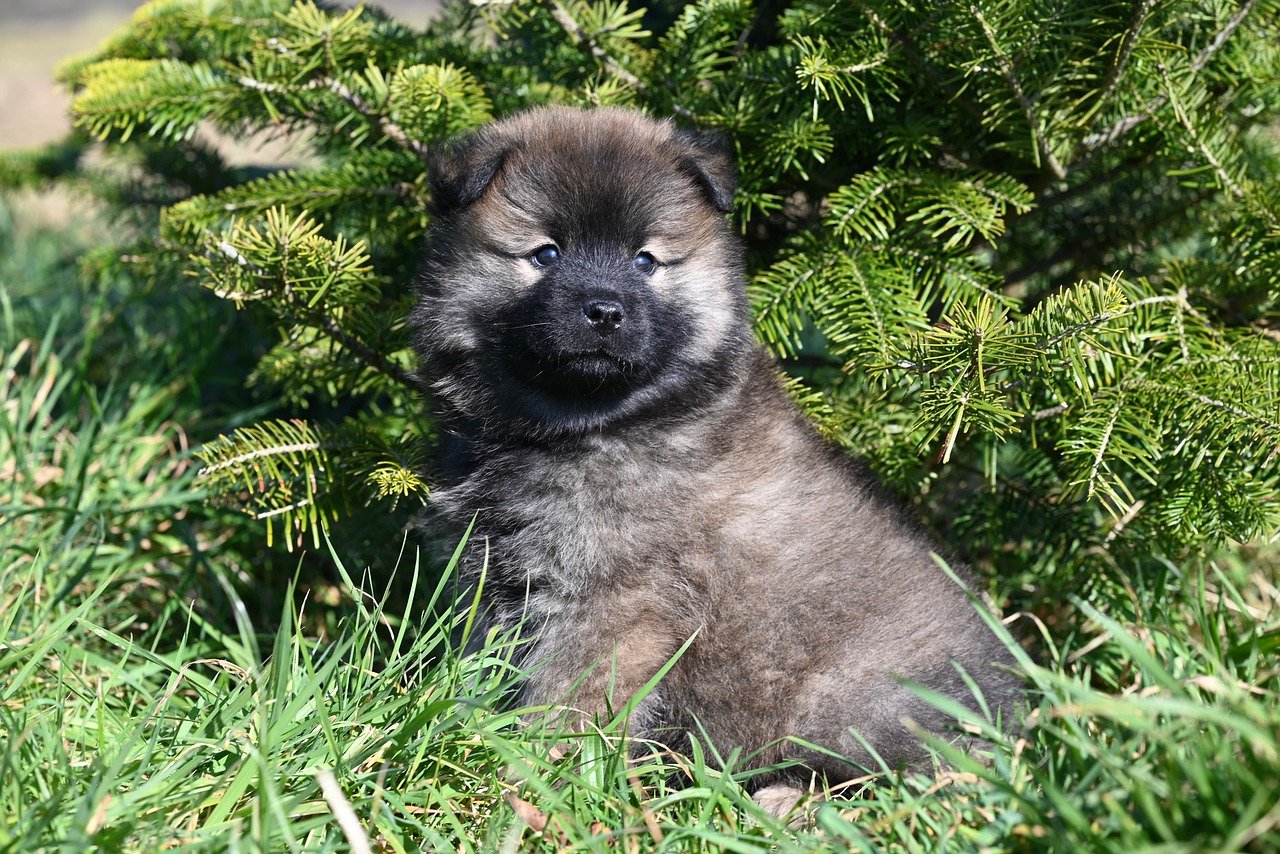
FAQ
How old should my child be to start training a dog?
Children aged five years and above can participate in dog training, under the watchful eye of an adult.
How should my child respond when the dog doesn't obey commands?
Teach your child to remain patient and try again. It’s important not to yell or show frustration as it might scare the dog.
How can I ensure the safety of my child during dog training?
Always supervise sessions closely and step in when necessary. Ensuring that the dog is well-behaved and the child knows the do’s and don’ts is also crucial.
How long should each training session be?
Typically, each session should last about 10-15 minutes. However, these timings can be adjusted, depending on the child and the dog’s attention spans.
Can my child train an older dog?
Yes. However, you may need to adjust to a slower pace than with a puppy.
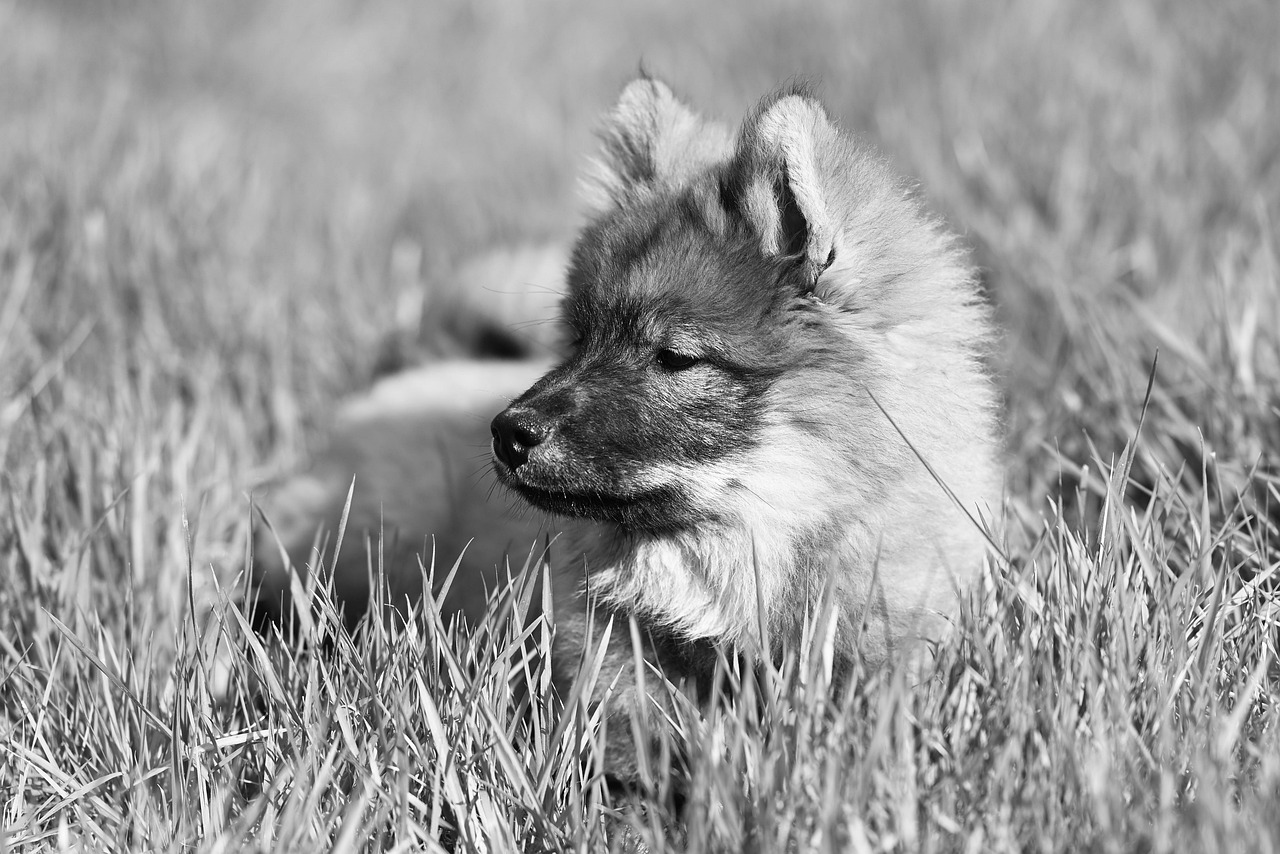
Conclusion
Training a dog is itself a learning experience. Encouraging kids to participate in the process could yield enormous benefits like responsibility, compassion, and better communication skills. This is not only rewarding but also strengthens the bond between the dog and the child. The guiding principles here are patience, consistency, and positivity. Remember that the ultimate goal of dog training, besides good behavior, is a happy, secure relationship between your child and their furry companion


